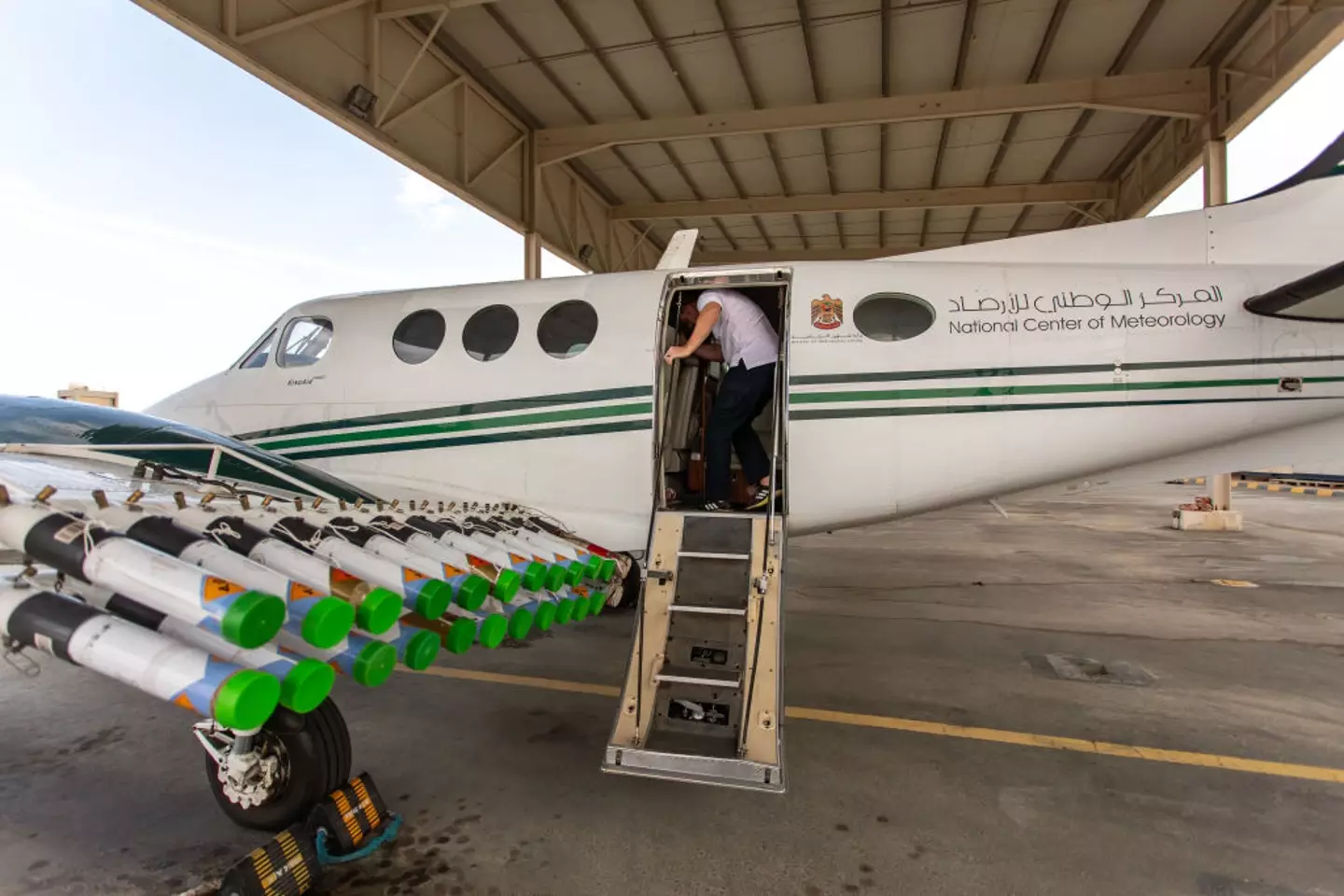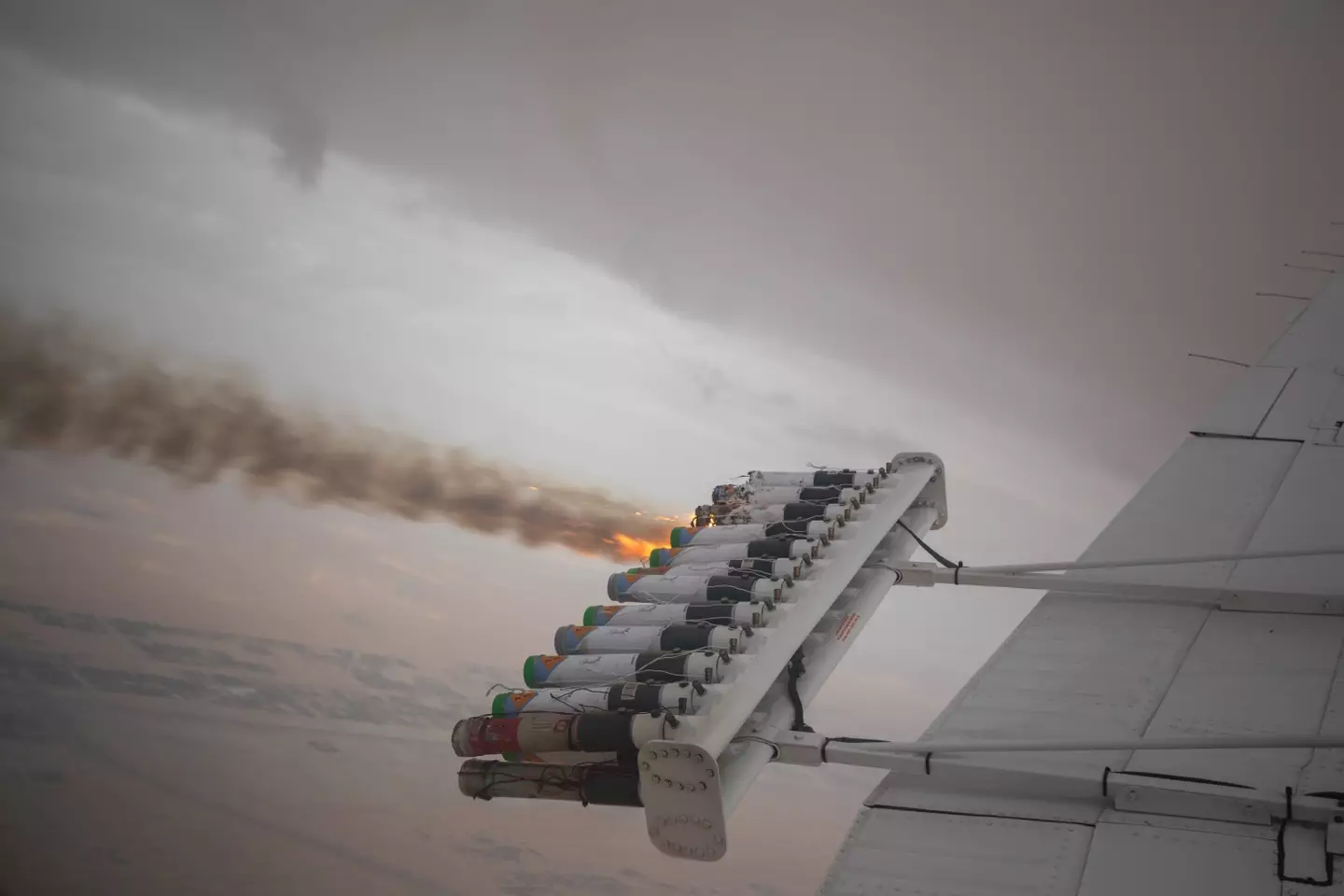
The United Arab Emirates has used a form of cloud-seeding to increase the rainfall in the scorching heat.
Footage from the Gulf country appeared to show the results of this process, as rain pours down over skyscrapers and highways.
The UAE has a largely arid climate with very little annual rainfall and scorching temperatures, which frequently hit the 40s, and even hit 50C (122F) in 2023.
Advert
The two largest cities Dubai and Abu Dhabi are both located on the coast of the Persian Gulf, providing some relief for the super-rich playgrounds, busy ports, and masses of construction.
But the UAE's government has been taking some fascinating steps to help increase the rainfall in the country's arid climate.
This is the government's cloud-seeding programme, which was started in an effort to address concerns around water security in the country.
But how exactly does this process work?

Well, contrary to some interpretations, this process doesn't create clouds out of thin air.
Advert
There have to be some clouds which are already there for the technique to work, and even now it's still very much in development.
Typically, the process involves shooting salt flares as well as other small minerals into pre-existing clouds.
It's been a long time in development, with the UAE's cloud-seeding programme originally beginning way back in the 1990s and since then has involved collaborations with NASA and the National Centre for Atmospheric Research in the United States.
The UAE's National Centre for Meteorology has been at the forefront of this research.
Advert
In 2022, the country conducted some 311 cloud-seeding missions, which equated to nearly 1,000 hours of flying.

Mariam Almheiri, the former minister for Climate Change and Environment in the UAE, has emphasised the importance of the project.
She told The National: “While the immediate aim of rain enhancement is to increase rainfall, recharge groundwater, and enhanced freshwater supply, let us not forget the broader and far reaching impacts of rain on water and food security as well as tourism and weather moderation.
Advert
“This is the underlying reason for rain enhancement to be one of the seven pillars of the UAE innovation strategy when it comes to research, continuous innovation and the complex science of weather modification."
It is also hoped that increasing rainfall will help to mitigate the effects of climate change as well as create a better environment for supporting the UAE's tourism industry.
Topics: News, World News, Climate Change, Weather, Travel, Science
